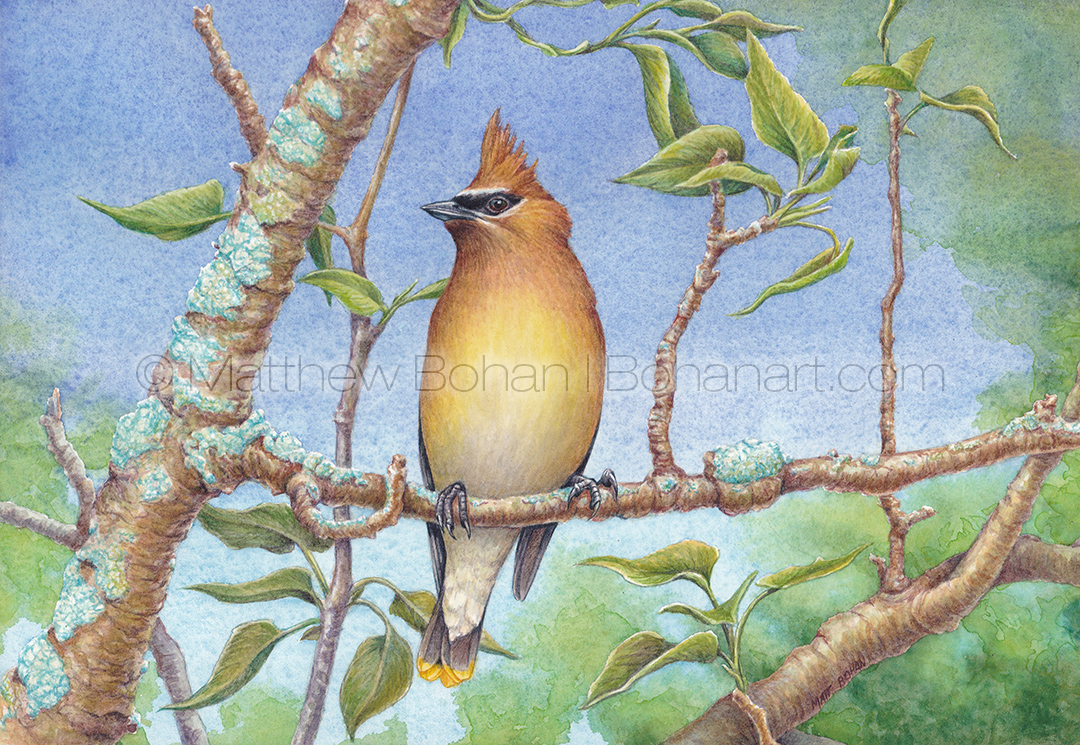
The sleek, fine feathering of Cedar Waxwings makes for a good challenge in watercolor. When picking out what to paint next, I usually try to choose things I’ve not done before. Breaking new ground keeps things fresh and offers new challenges. If you are always doing the same things, you aren’t learning. I find that with watercolor there is always something to learn, even after using the medium for over forty years.
I remember one of our ski instructors saying, “If you aren’t falling, you aren’t trying hard enough!” That’s true with many things. You learn the most when you take on new challenges and work outside your comfort zone. That being said, I couldn’t resist painting another Cedar Waxwing! Some birds are worthy of multiple paintings, and the subtle gradients and feathering on waxwings make for new challenges every time.
In looking back at my paintings, I think the bird I’ve painted the most is the Great Blue Heron, followed by Great Egrets, Green Herons and Belted Kingfishers. There seems to be a trend with the fish-eaters. I guess compared to the hundreds of paintings I’ve worked on, five or so Great Blues isn’t that many? Herons and egrets are fun to paint because their long necks can break up the page in dynamic ways, making for compelling designs. Composing for smaller birds can be more of a challenge because of my ongoing avoidance of the “bird on a stick” look.
Cedar Waxwing photos are fairly easy to come by in our yard during the month of April, when they visit to eat viburnum berries. I can use our garage as a photo blind and get good close-up photos. Viburnum fruit must be pretty low on the list of favorite waxwing foods, because they wait until pretty much all the other options have been depleted before resorting to it. I guess it’s like the can of wax beans that has been sitting in the back of your cupboard for eight years. There’s always something more appetizing than that!

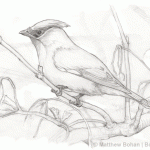
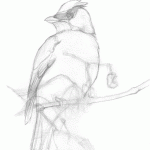
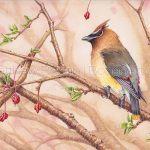
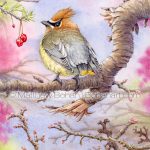
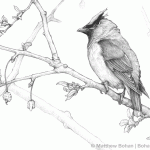
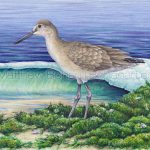
Leave a Reply